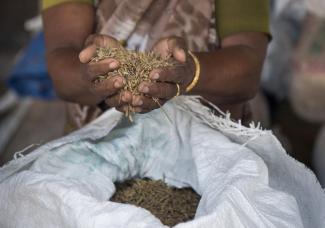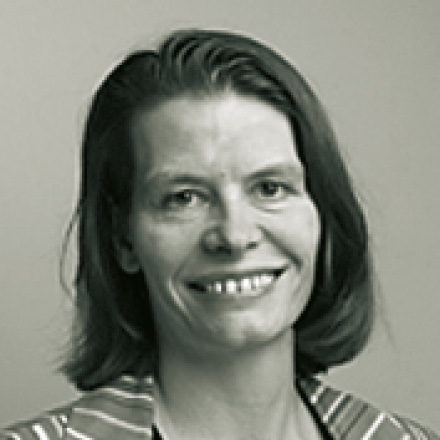2030 Agenda
Ambitious minimum goals

Terre des hommes and the Global Policy Forum, two non-governmental organisations, take a critical look at the SDGs in a new report. Wolfgang Obenland and Jens Martens, the authors, provide a summary of the birth of the 2030 Agenda and scrutinise the 17 goals it contains. The SDGs are based on the eight MDGs, which focused on reducing poverty, hunger and disease. But in Martens' and Obenland’s judgment, the MDGs did not tackle the “transformed global environment with worse environmental and economic problems.”
The authors believe the SDGs now take account of that reality which is defined by:
- the rise of emerging economies such as India, China and Brazil,
- the widening gap between rich and poor, both within and among countries,
- the financial and economic crisis of 2008/09,
- environmental problems such as climate change and species extinction,
- demographic problems and
- a new arms race after the terrorist attacks on 11 September 2001.
Obenland and Martens view the 2030 Agenda as a “paradigm shift” that effectively makes every country in the world a developing country in the drive to create an economic and social system for the future. For the first time, peace and international cooperation are defined in the 2030 Agenda as development goals. The definition of poverty is also new: the goal is to reduce it “in all its dimensions according to national definitions." This phrase means poverty must be tackled in rich countries like Germany too.
The authors claim that most SDGs are significantly more ambitious than the MDGs. They point to hunger as an example. The MDGs aspired to halve the number of hungry people in the world within 15 years. The SDGs aim to end hunger and all forms of malnutrition within 15 years. The new goal includes reducing obesity in industrialised countries.
What Obenland and Martens find “remarkable” is that reducing inequality within and among countries has been adopted as a goal in its own right (SDG 10). While they believe the MDGs were “rightly accused of environmental blindness,” they find no evidence of that in the SDGs. Environmental protection and sustainable use of resources are both enshrined in them. Another improvement, in the authors’ eyes, is that the SDGs do not only define goals but also means of implementation. SDG 17 gives equal status to the financing and monitoring of the SDGs.
One thing the authors regard as problematical is that some of the goals are in conflict with others. SDG 7, for instance, sets out to ensure universal access to affordable, reliable energy. But affordable energy is often fossil energy, so there is a conflict with SDG 13 (Action to combat climate change).
In the case of SDG 8 (Sustainable economic growth and decent work for all), there is further tension between environmental and growth targets. The agenda does not answer the question how developing countries should accelerate growth without negative environmental impacts. Accordingly, the authors state that the SDGs are “by no means consistent."
Obenland and Martens also take a critical view of public-private partnerships (PPPs), which are supposed to play an increasingly important part in financing development. Taking SDG 2 (Food security) as an example, they discuss the issue of reconciling PPPs with the protection of the genetic seed diversity. The creation of PPPs, they argue, strengthens the market power of the seed companies, which have made it harder for farmers to share, sell or swap seeds.
The authors also see a need for action by Germany in a number of areas – for example in reducing social inequality in education (SDG 4), narrowing the gap between rich and poor (SDG 1) and achieving environmental targets. To improve policy implementation, Obenland and Martens want policymakers of all fields to be involved rather than only those specialising in environment or international development.
Susanne Sawadogo
Link
Die 2030-Agenda (The 2030 agenda – only available in German):
https://www.globalpolicy.org/images/pdfs/GPFEurope/Agenda_2030_online.pdf









